5 Dow Stocks to Sell (And 2 to Buy)
Most stocks have been thoroughly shaken and stirred since early October, and a long-overdue corrective move finally took shape.
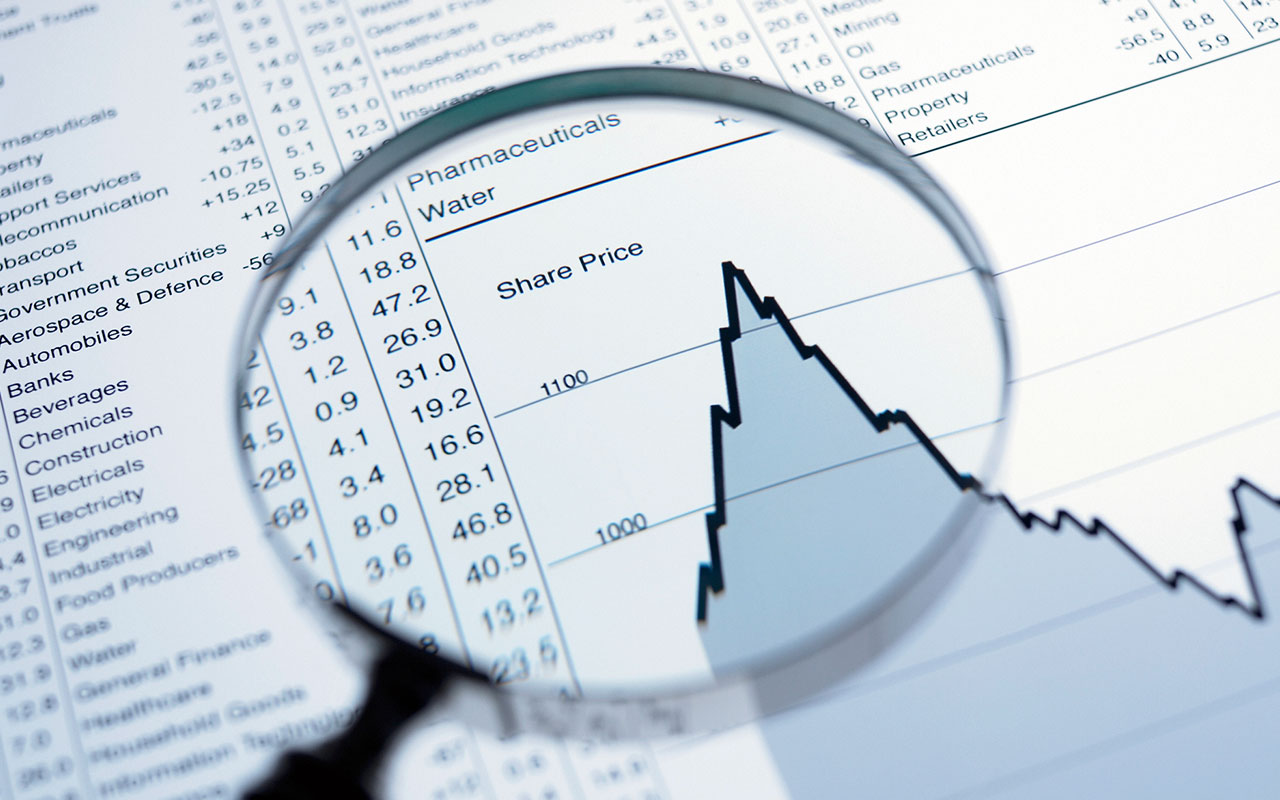

Most stocks have been thoroughly shaken and stirred since early October, and a long-overdue corrective move finally took shape. Not even the bluest of the blue chips have been immune. The Dow Jones Industrial Average still is off its record high from a couple months ago, and several Dow stocks still are vulnerable to more selling.
The initial shellshock has started to fade, however, the smoke is clearing and some stocks are recovering. Smart investors are now weighing the impact and searching for opportunities. Some Dow Jones stocks may have more downside to dish out, but a handful of these iconic names are looking oversold, undervalued and ripe for a rebound sooner than later. Remember: Corporate earnings have never been better, and consumer confidence is as high as it’s been in years. Clearly something is going right.
Here’s a look at five Dow stocks that may have more ground to give up before they hit bottom, and two industrial-average components that may already be buys at current prices. But a note: Most of these “stocks to sell” are merely in short-term trouble. A sizable pullback from any of them could ultimately turn into a buying opportunity.
Disclaimer
Data is as of Nov. 6, 2018. Dividend yields are calculated by annualizing the most recent quarterly payout and dividing by the share price.
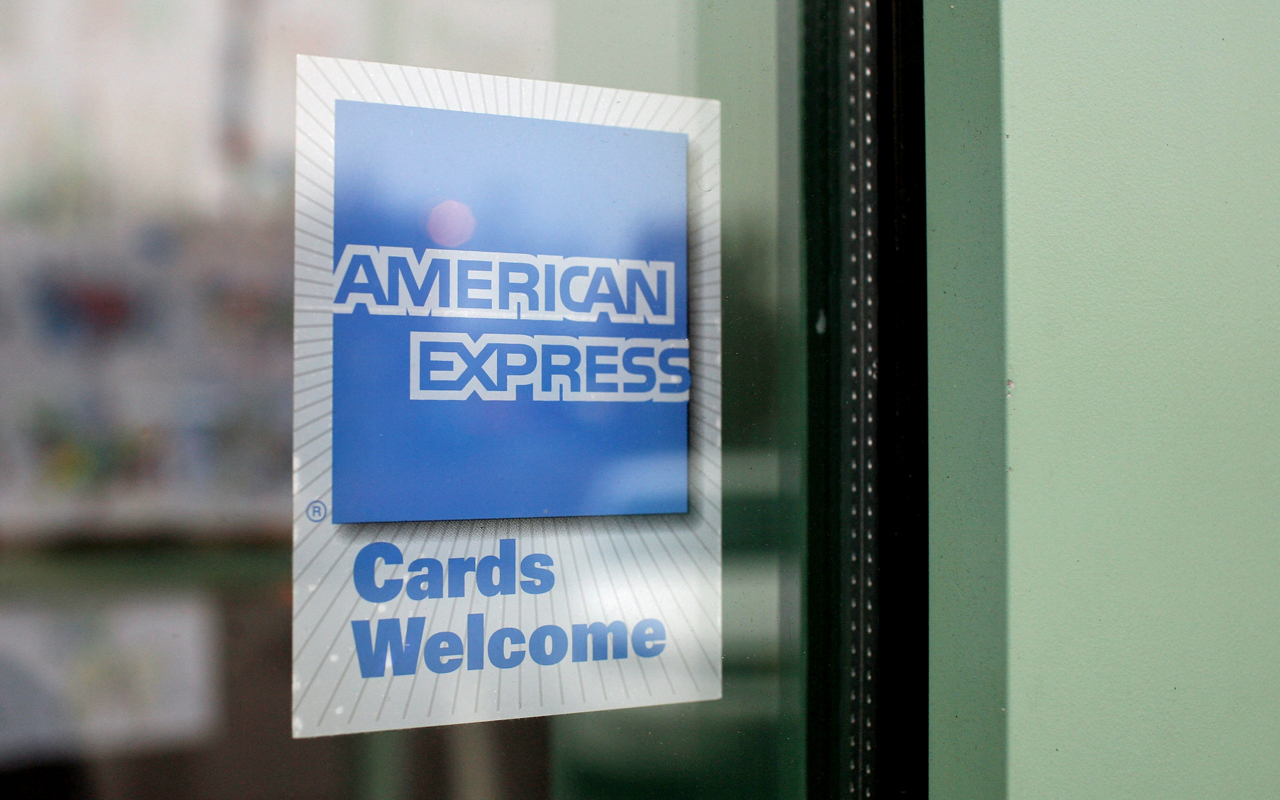
American Express: Sell
- Market value: $90.0 billion
- Dividend yield: 1.5%
There’s nothing about American Express (AXP, $104.98) that makes it un-ownable. Indeed, AXP showed impressive year-over-year bottom-line growth of 22% for its third quarter. Shares initially surged on the news.
The market’s interest in buying the credit-card company’s stock waned surprisingly quickly. Shares dipped below pre-earnings levels just a few days following the release of the company’s Q3 numbers.
The response might seem innocuous at first. All stocks ebb and flow. And the market’s tide has pushed and pulled most names lately than it normally would. But the failed rally may be tacitly suggesting that AXP’s near-doubling since its early 2016 lows already has priced in the best-case scenario. Now, with consumers able to utilize payment options that largely sidestep credit card middlemen, the future of the business is fuzzy.
The company is adapting. American Express announced in October that cardholders would be able to use their PayPal account connected to their AmEx account to make purchases, rather than charging those purchases to the card. Morningstar analyst Colin Plunkett also recently wrote, “American Express’ recent success with millennials modestly eases our concerns the company can generate growth from the next generation of consumer.”
AmEx simply doesn’t seem as up-to-speed as its competition on a few fronts. That leaves the stock uncomfortably vulnerable for the time being.
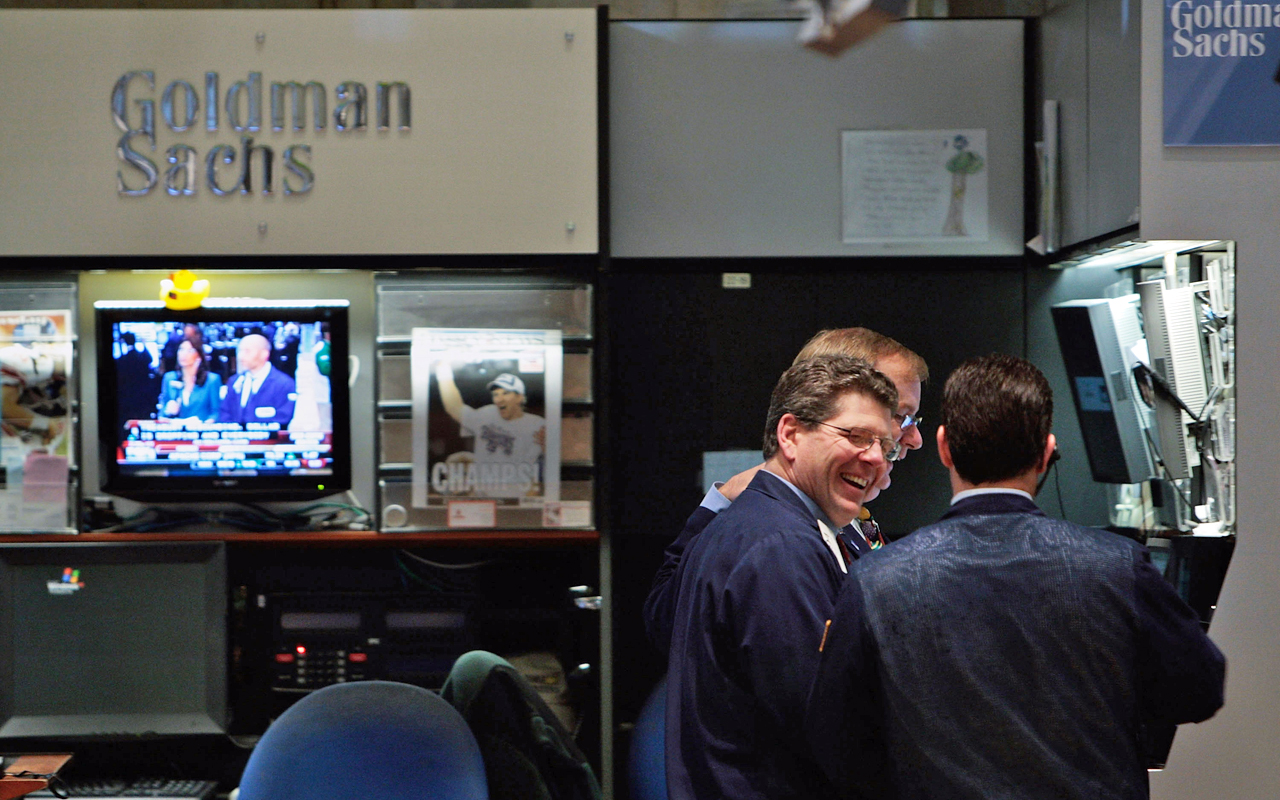
Goldman Sachs: Sell
- Market value: $85.2 billion
- Dividend yield: 1.4%
There was a point in time when Goldman Sachs (GS, $228.20) the name in investment banking. It got all the deals it wanted to do, and the brand turned heads on Wall Street. Its more conventional banking interests thrived, too.
However, Goldman Sachs doesn’t appear to be the company it once was. There are no alarming flaws, but it’s struggling to win the big business it used to easily garner. Case in point: It was only a few years ago Goldman’s wealth-management arm was deemed an elite service reserved for the upper echelon. Now the company is taking aim at lower-net-worth clients by launching a digital wealth-management product for smaller investment accounts. Goldman Sachs isn’t calling it a robo-advisor, but that’s essentially how the service will act.
Meanwhile, last quarter’s trading revenue not only fell short of estimates, but that arm’s $1.31 billion worth of business was down 10% year-over-year. Oppenheimer analyst Chris Kotowski noted of the red flag, “Peers reported mixed results too, but this is a bit below average.”
Trading and the firm’s image are just a couple of challenges that new CEO David Solomon is forced to contend with. GS doesn’t need that uncertainty while it goes through an executive transition.
Goldman can be restored, but it could be a tough stock to own while it regroups.
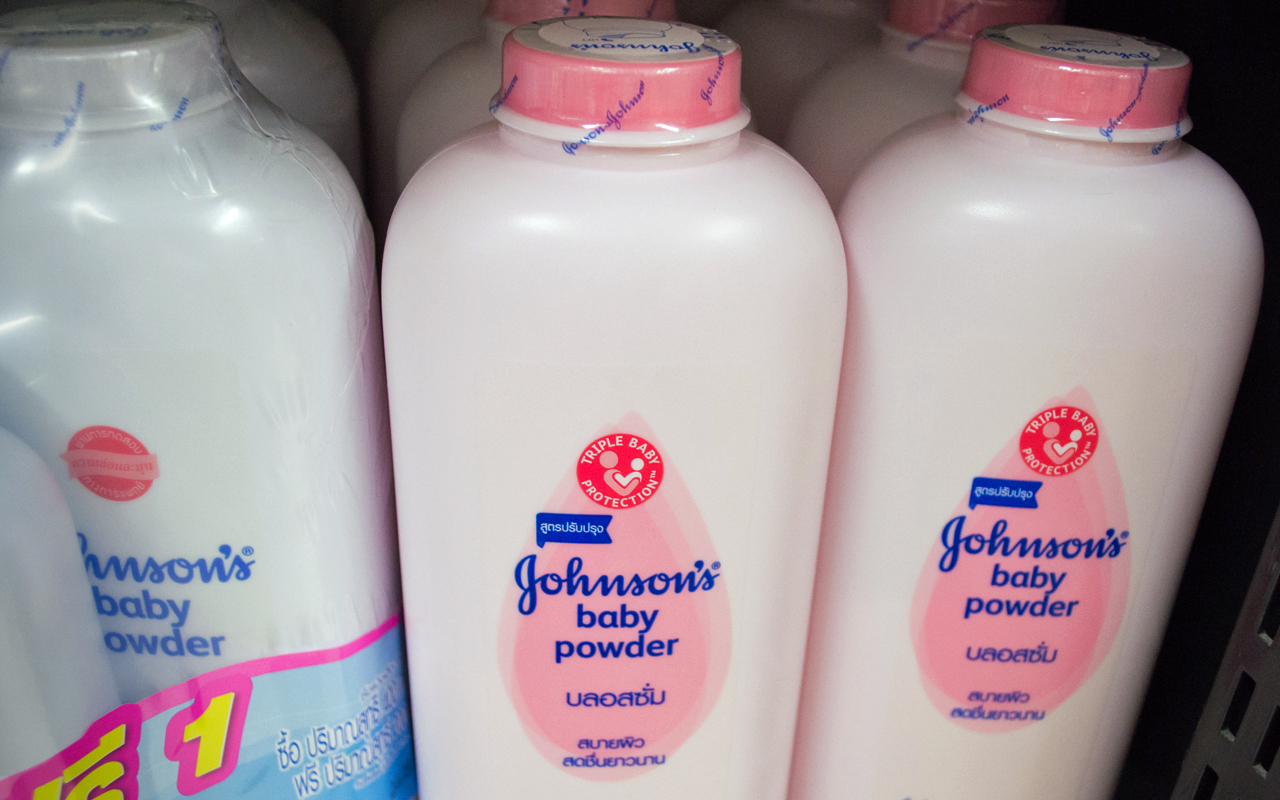
Johnson & Johnson: Buy
- Market value: $387.8 billion
- Dividend yield: 2.5%
Most investors know Johnson & Johnson (JNJ, $142.57) quite well because they’re regular users of its consumer products. J&J is the company behind Band-Aid brand bandages, Tylenol, Neutrogena, Listerine and more. They’re not part of a high-growth market, but they’re perennially marketable.
Most investors may not realize, however, just how big of a pharmaceutical company J&J is as well. Last quarter, Johnson & Johnson sold $1.4 billion dollars’ worth of multi-purpose intestinal drug Remicade, while its psoriasis therapy Stelara added $1.3 billion to the top line. The company has built-in diversity, mixing staples and blockbusters.
Drug sales are a double-edged sword, of course. As long as patent protection is in place, all is well. Trouble can begin once patents expire on key pharmaceuticals.
Such an overhang has been looming over Johnson & Johnson for a while, and the bad news was delivered recently. The company’s patent on its oncology drug Zytiga isn’t valid, opening the door to a wave of generic competition that has been in the works for a while. The therapy generated $960 million worth of sales for J&J last quarter alone.
RBC Capital Markets analyst Glenn Novarro is still bullish, however. He wrote after the ruling, “While this is a negative outcome, it removes a key overhang and improves visibility on J&J’s 2019 outlook … Our analysis indicates that J&J’s pharmaceutical segment can achieve mid single-digit sales growth next year.” He continued, “Within pharmaceutical, we believe double-digit growth internationally will continue in 2019.”
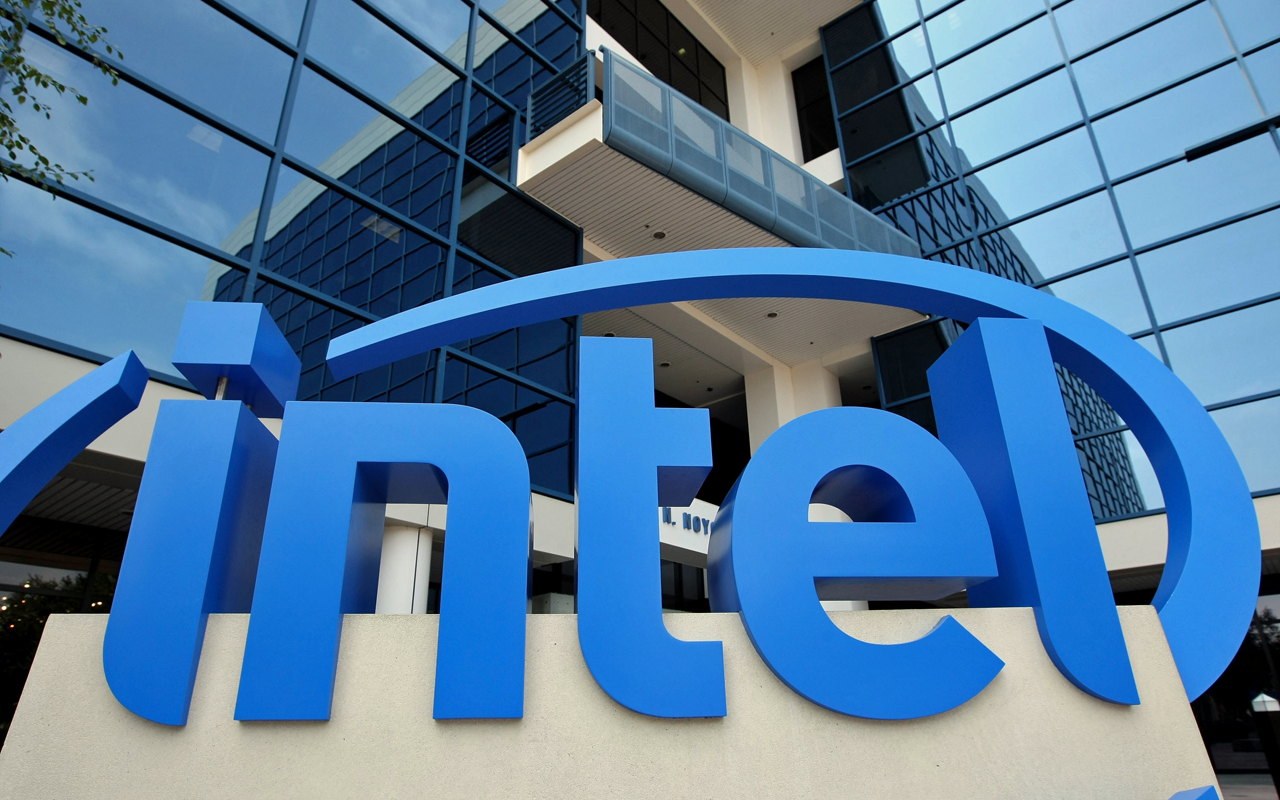
Intel: Sell
- Market value: $219.7 billion
- Dividend yield: 2.5%
For all its recent dents and dings, Intel (INTC, $47.25) arguably still is the king of the computing world, and as we recently wrote, a dependable dividend payer in the sector. Given enough time, it’ll be fine. Intel recently managed to report a third-quarter profit of $1.40 per share that beat analyst estimates by 25 cents, underscoring the notion that investors may be viewing the company in an overly pessimistic light.
Nevertheless, INTC may have further to fall before it can begin a sustained trek higher. Cowen analyst Matthew Ramsay conceded that the company posted “stellar results,” but added that several concerns are still on the table. He wrote, “We see a precarious set-up heading into 2019 given difficult comps, macro headwinds, manufacturing questions and renewed competition.”
The competition Ramsay spoke of was primarily Advanced Micro Devices (AMD). The chipmaker, largely left behind by investors just a couple of years ago, had quietly been working on a top-down reinvention of itself and its product line, developing new CPUs as well as new graphical processors that have been well embraced by consumers as well as equipment manufacturers. For the second quarter of this year, AMD posted its biggest quarterly profit in seven years.
Intel also is dealing with investors’ disappointment that it has fallen so far behind on the R&D front. Advanced Micro Devices may launch a 7-nanometer CPU mid-next-year, while Intel is only planning on launching its next-generation 10-nanometer CPUs late next year or even 2020. That’s a huge disparity in the world of tech, even if Intel eventually closes the gap.

Nike: Sell
- Market value: $123.0 billion
- Dividend yield: 1.0%
- Nike (NKE, $76.57) shares have performed solidly this year. Despite peeling back from the September peak, the stock is still up more than 22% year-to-date as investors’ faith in the athletic apparel company’s turnaround grows.
That optimism isn’t unmerited. Profits improved by 15% in the most recently reported quarter, and revenue was up 10% year-over-year.
The analyst community is increasingly convinced too. Oppenheimer analyst Brian Nagel just upgraded NKE to “Outperform,” acknowledging Nike’s stepped-up use of technology. He wrote, “In our view, Nike represents an already dominant, legacy global brand that is now aggressively embracing the power of digital to enhance most facets of its business” adding that the company’s “technical evolution” was a key reason last quarter’s digital sales were up 36%.
Investors just don’t appear in a buying mood just now. The pullback since September’s high was sparked by the release of last quarter’s results, indicating the market was hoping for a bigger, better beat and a more encouraging outlook. Fanning the flames of those doubts is a steady decline in analyst estimates for the current quarter’s revenue and earnings. The pros are now modeling per-share profits that are 13% lower than the consensus from just a month ago.
Nike needs time to work through all the uncertainty. That said, the timeframe could be as little as just a few weeks.

Walmart: Buy
- Market value: $302.9 billion
- Dividend yield: 2.0%
Just because a stock manages to march higher even when the rest of the market is losing ground doesn’t inherently make that stock a buy.
But it doesn’t hurt the bull case, either.
Enter Walmart (WMT, $103.33). While the S&P 500 lost nearly 10% of its value in the month of October, WMT shares gained more than 6%, and still appear to have plenty of momentum as well as plenty of room to use it. Even with the big runup since June’s low, shares are well below the stock’s February high.
It’s a well-deserved rally. Recently reported quarterly profits of $1.29 per share handily topped estimates of $1.22. Better yet, same-store sales in the United States were up 4.5% versus expectations of only 2.4%. That was the best “comps” in a decade, boosted by a 40% YoY improvement in e-commerce revenue.
The world’s biggest retailer has finally figured out how to handle online rival Amazon.com (AMZN).
Don’t expect Walmart to ease off on innovation and experimentation. Walmart is tinkering with a cashierless store akin to Amazon Go, continues to acquire its way to very diversified online presence, and the absence of Toys R Us this holiday-shopping season translates into an opportunity to sell more toys than it normally might this time of year. The current quarter’s numbers could be another batch of surprisingly encouraging ones.
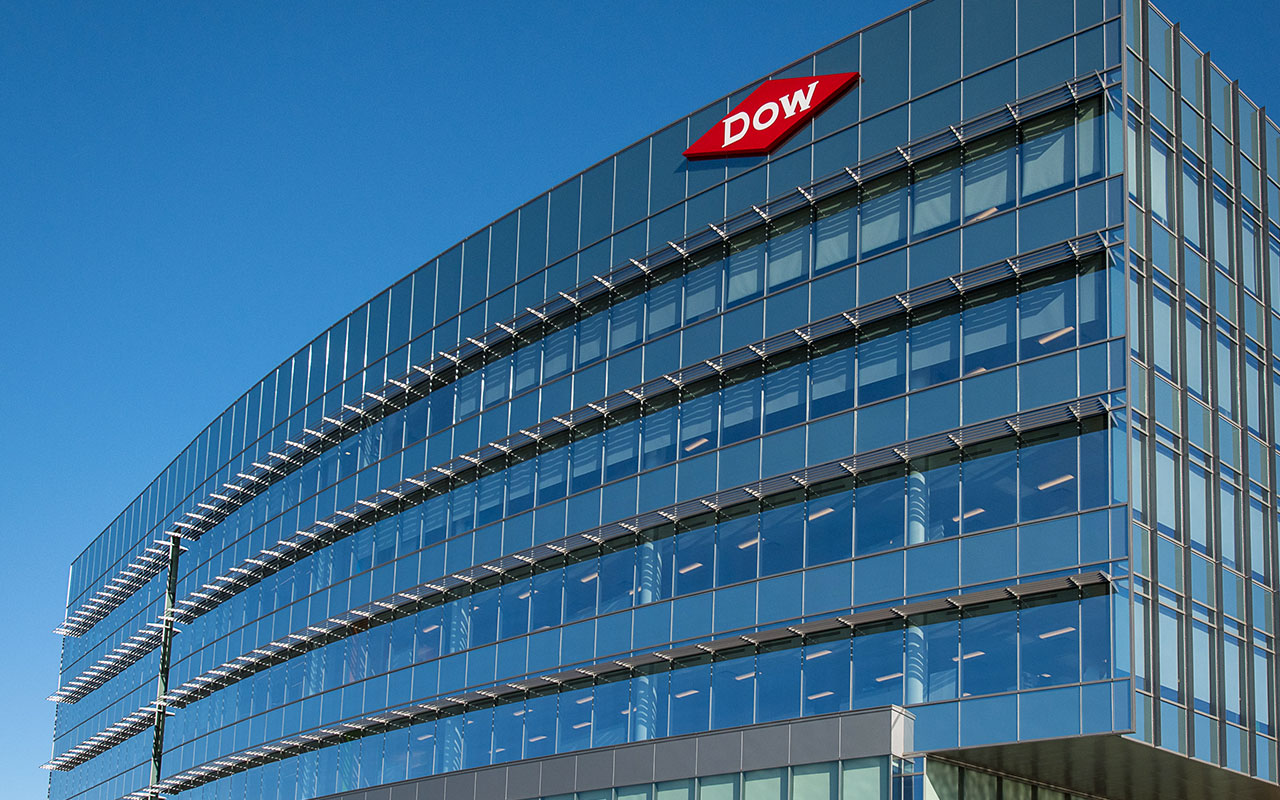
DowDuPont: Sell
- Market value: $134.0 billion
- Dividend yield: 2.6%
Chemical and coatings giant DowDuPont (DWDP, $58.02) announced a couple of weeks ago that it would be booking a $4.6 billion non-cash accounting charge to write down the value of its agricultural business. The move is being made to reflect an adverse change in the marketplace. Investors understand it’s only a paper-based transaction and doesn’t technically impact the company’s operation, but it’s still not pleasant.
A closer examination of DowDuPont’s explanation at the time raises a bigger-picture red flag.
The company also disclosed that its agricultural arm, called Corteva, is running into what could be sustained resistance. Cash flow is expected to be crimped for the foreseeable future thanks to “reduced planted area, an expected unfavorable shift to soybeans from corn in Latin America, and delays in expected product registrations.”
DowDuPont’s management team may be distracted by another matter. Even before the company has fully digested the disruption stemming from the merger of Dow and DuPont in September of last year, it already has three spinoffs in the works for 2019. A tighter focus ultimately will make for a more profitable company, but the spinoff process may mean some near-term needs slip through the cracks.
Get Kiplinger Today newsletter — free
Profit and prosper with the best of Kiplinger's advice on investing, taxes, retirement, personal finance and much more. Delivered daily. Enter your email in the box and click Sign Me Up.

-
 6 Stunning Waterfront Homes for Sale Around the US
6 Stunning Waterfront Homes for Sale Around the USFrom private peninsulas to lakes, bayous and beyond, Kiplinger's "Listed" series brings you another selection of dream homes for sale on the waterfront.
By Charlotte Gorbold Published
-
 Six Reasons to Disinherit Someone and How to Do It
Six Reasons to Disinherit Someone and How to Do ItWhether you're navigating a second marriage, dealing with an estranged relative or leaving your assets to charity, there are reasons to disinherit someone. Here's how.
By Donna LeValley Published
-
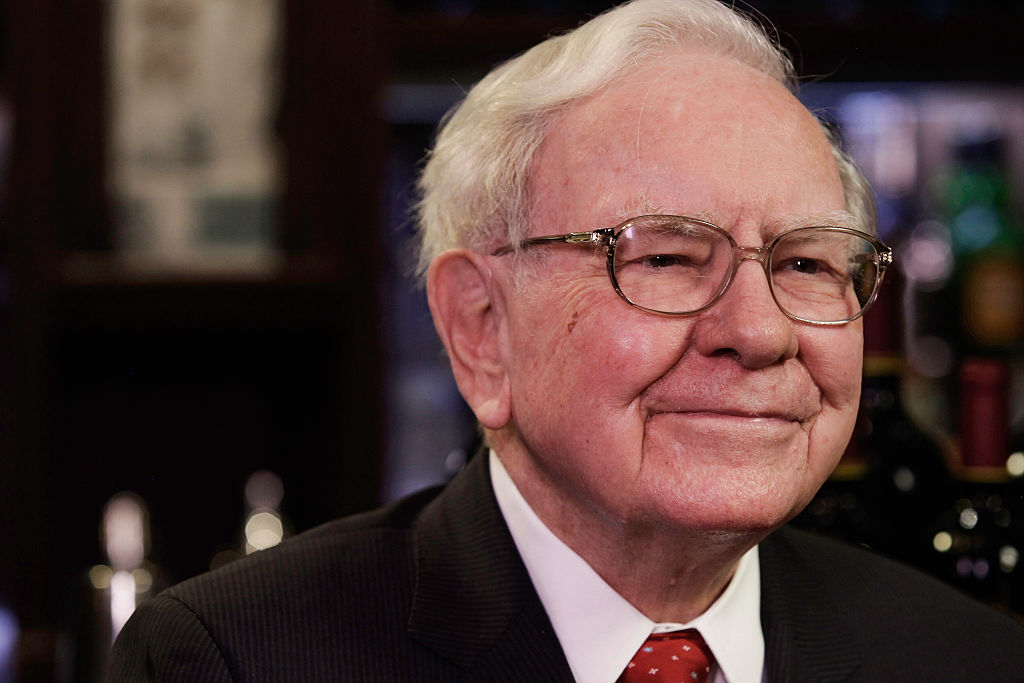 5 of Warren Buffett's Best Investments
5 of Warren Buffett's Best InvestmentsWarren Buffett has had plenty of wins throughout his decades of investing. Here, we highlight five of Buffett's best investments.
By Kyle Woodley Published
-
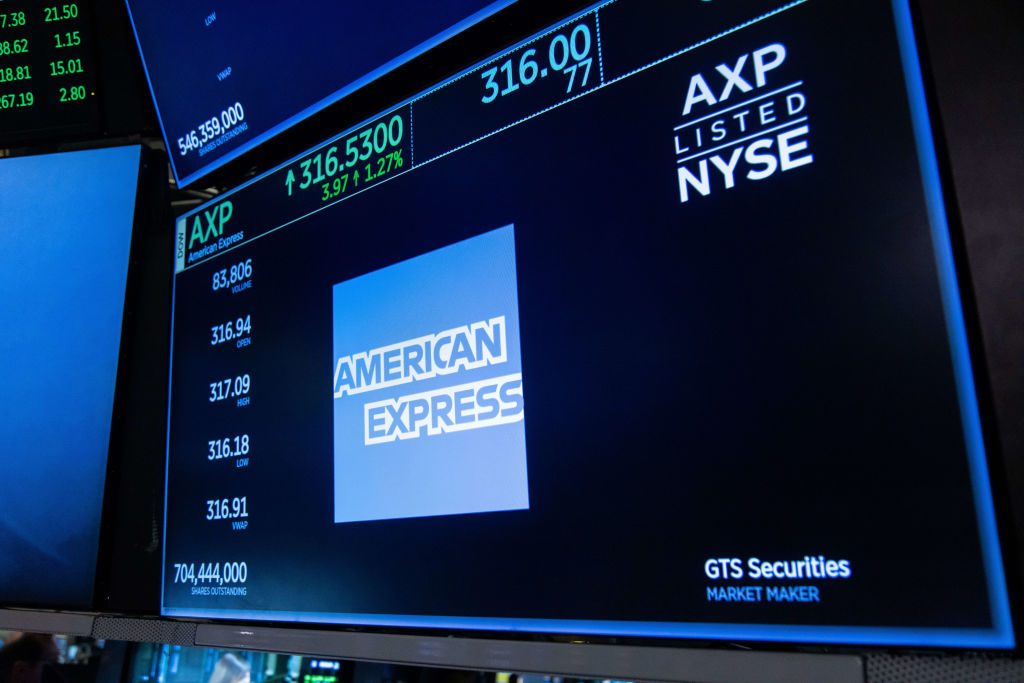 What American Express' Latest Dividend Hike Means for Investors
What American Express' Latest Dividend Hike Means for InvestorsIn addition to an earnings beat, American Express disclosed a 17% increase to its quarterly dividend. Here's what that means for the Dow Jones stock.
By Joey Solitro Published
-
 The Cheapest Places To Retire in the US
The Cheapest Places To Retire in the USWhen you're trying to balance a fixed income with an enjoyable retirement, cost of living is a crucial factor to consider.
By Stacy Rapacon Published
-
 Stock Market Today: Stocks End a Strong Year With a Whimper
Stock Market Today: Stocks End a Strong Year With a WhimperThe S&P 500 notched its first back-to-back 20%+ annual returns since the late 1990s.
By Karee Venema Published
-
 Stock Market Today: Muted Inflation Data Sparks Relief Rally
Stock Market Today: Muted Inflation Data Sparks Relief RallyEncouraging news about the path of consumer prices sent risk assets soaring again.
By Dan Burrows Published
-
 Stock Market Today: Dow Jumps 1,500 Points on Election Outcome
Stock Market Today: Dow Jumps 1,500 Points on Election OutcomeThe removal of election uncertainty unleashed a powerful rally in equity markets.
By Dan Burrows Published
-
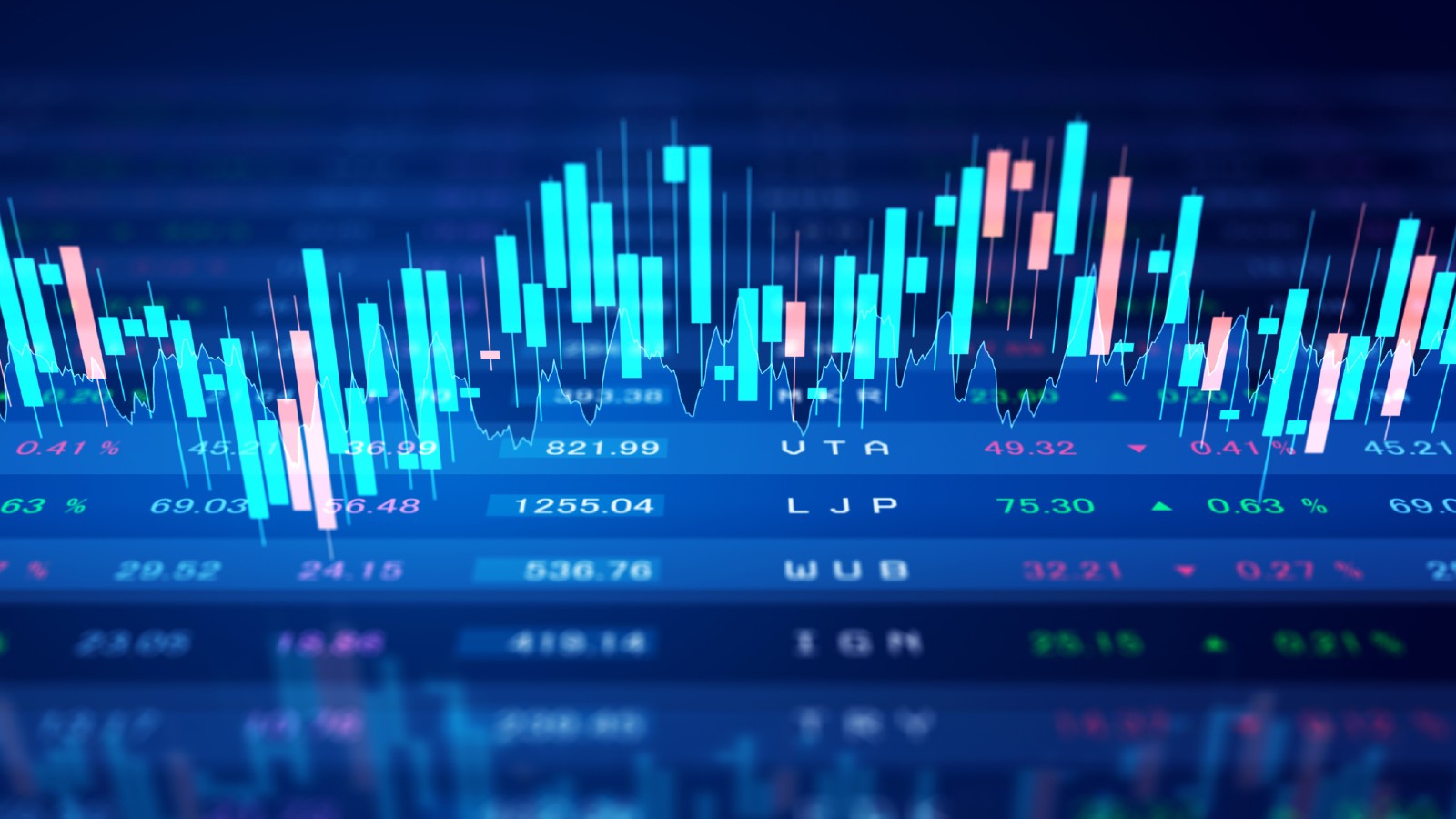 Stock Market Today: Stocks Rally on Strong Netflix Earnings
Stock Market Today: Stocks Rally on Strong Netflix EarningsMega-cap tech leads the charge as markets rise for a sixth straight week.
By Dan Burrows Published
-
 Why American Express Earnings Have the Dow Stock Lower
Why American Express Earnings Have the Dow Stock LowerAmerican Express is the worst Dow Jones stock Friday after the payments giant reported a top-line miss in its third quarter. Here's what you need to know.
By Joey Solitro Published
